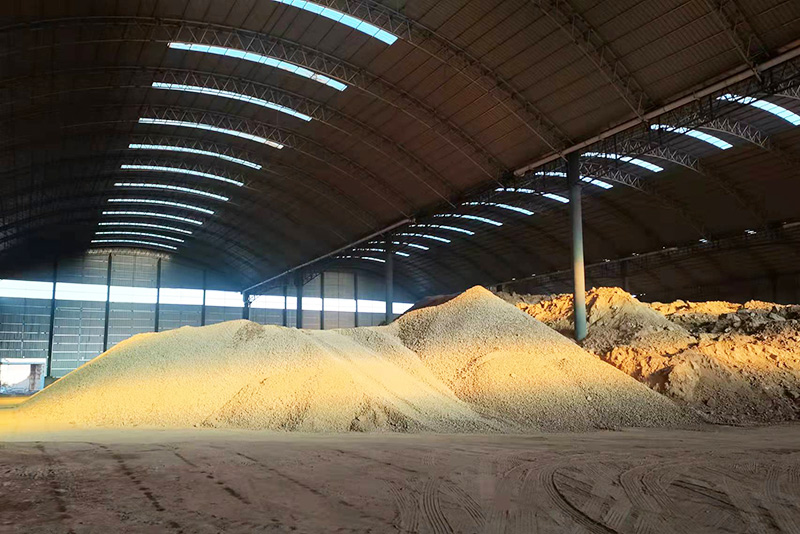What is Sand Casting?
Sand casting is a versatile and widely used metal casting process that involves creating molds from sand to produce metal parts and components. This method has been utilized for centuries and continues to be a reliable technique in manufacturing applications across various industries, including automotive, aerospace, and construction.
At its core, sand casting involves several fundamental steps. The first step is to create a pattern, which is often made from metal, plastic, or wood. This pattern is an exact replica of the final product that is intended to be cast. Once the pattern is made, it is placed into a molding box, which is usually made of two halves termed the cope (top half) and drag (bottom half).
What is Sand Casting?
After the mold is created, the pattern is removed, leaving a cavity where the molten metal will be poured. The two halves of the mold are then reassembled, and any necessary gating systems—channels through which the molten metal will flow—are incorporated into the design. This ensures that the metal reaches all areas of the mold effectively.
what is sand casting

Once the mold is ready, metal is heated to its melting point and poured into the cavity. Various metals can be used in sand casting, including aluminum, iron, and bronze. The molten metal fills the mold, allowing it to cool and solidify. Cooling time can vary depending on the size of the casting and the material used, but it generally takes several hours for the casting to solidify.
Once the metal has cooled sufficiently, the mold is broken apart to reveal the cast part. This separation process may involve the use of tools to ensure that the mold is removed without damaging the newly formed casting. After extraction, the casting usually requires some finishing operations, such as trimming, sanding, or machining, to achieve the desired tolerances and surface finish.
One of the key advantages of sand casting is its flexibility. It is capable of producing complex shapes and large components that would be challenging to achieve using other methods. Additionally, sand casting is cost-effective for low to medium-volume production runs, making it an appealing option for many manufacturers.
In summary, sand casting is a crucial method in the realm of metal fabrication, known for its adaptability and efficiency. Its historical roots and continued relevance in various industries underscore its significance as a reliable process for creating a diverse array of metal parts. Whether for small-scale projects or large industrial components, sand casting remains a foundational technique in the world of manufacturing.
Post time:נוב . 02, 2024 13:15
Next:foundry sand recycling
